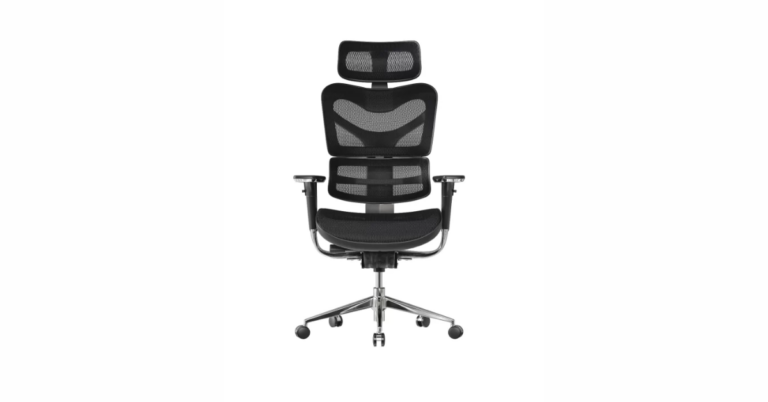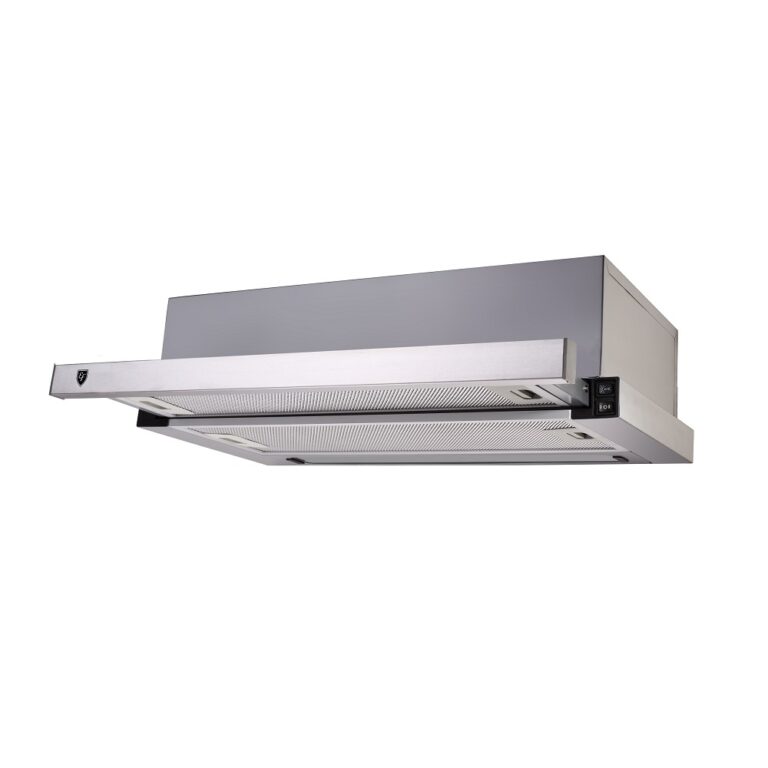The Future of Bathroom Technology: Exploring the Smart Toilet Bowl
In today’s era of modern living, homeowners are constantly searching for ways to integrate comfort, convenience, and innovation into their daily lives. One area that has seen remarkable technological advancement is the bathroom. Among these advancements, the Smart Toilet Bowl stands out as a revolutionary product that transforms ordinary bathroom experiences into something extraordinary. By combining hygiene, comfort, and intelligent features, these toilet bowls are becoming an essential addition to modern households.
What Is a Smart Toilet Bowl?
A smart toilet bowl is an advanced version of the traditional toilet, designed with high-tech features to enhance hygiene and user experience. Unlike standard toilet bowls, these models often include automated flushing systems, heated seats, bidet functions, self-cleaning technology, deodorizers, and even night lights. Some premium versions even connect to apps, allowing users to customize settings according to personal preferences.
The purpose of these toilets is simple: to provide maximum comfort while ensuring top-notch hygiene standards. In a world where smart homes are becoming increasingly common, adding a smart toilet bowl is the natural next step in upgrading one’s lifestyle.
Key Features of Smart Toilet Bowls
-
Automated Flushing
Motion sensors detect when a user has finished using the toilet and flush automatically. This hands-free feature minimizes the spread of germs and ensures cleanliness. -
Bidet and Warm Water Functions
Many smart toilet bowls come equipped with a built-in bidet that sprays water at adjustable pressure and temperature levels. This eliminates the need for toilet paper while offering a refreshing and eco-friendly alternative. -
Heated Seat
Sitting on a cold toilet seat during winter can be uncomfortable. With a smart toilet bowl, users can enjoy adjustable seat-warming options, making bathroom visits more pleasant. -
Self-Cleaning Technology
Hygiene is paramount. Some models include UV light cleaning or electrolyzed water systems that sanitize the bowl after each use, reducing bacterial buildup. -
Deodorizer
Built-in deodorizers eliminate unpleasant smells automatically, ensuring a fresh bathroom atmosphere. -
Night Light
Integrated LED lights provide subtle illumination at night, allowing users to navigate the bathroom without turning on harsh lighting. -
Energy Efficiency
Many models are designed to conserve water and electricity, aligning with eco-friendly lifestyles.
Benefits of Installing a Smart Toilet Bowl
1. Enhanced Hygiene
By minimizing physical contact, smart toilets reduce the spread of germs. With features like touchless flushing and automatic cleaning, users enjoy a consistently sanitized environment.
2. Comfort and Luxury
From heated seats to customizable bidet functions, the experience of using a smart toilet bowl is unparalleled. It turns a routine activity into a spa-like experience.
3. Eco-Friendly Choice
Smart toilet bowls are designed to save water. The use of bidets reduces toilet paper consumption, which has a positive impact on the environment.
4. Suitable for All Ages
These toilets are particularly helpful for elderly individuals and people with limited mobility, as the automation reduces the need for manual operation.
5. Adds Value to Homes
Installing advanced bathroom fixtures enhances the overall value of a home. A smart toilet bowl is not only practical but also an attractive feature for modern buyers.
Why Smart Toilet Bowls Are Gaining Popularity in Singapore
In countries like Singapore, where modern living spaces emphasize efficiency and technology, smart toilet bowls have quickly gained popularity. With compact homes and a focus on maximizing comfort, Singaporeans are increasingly turning to high-tech bathroom solutions.
The hot and humid climate also makes the idea of cleanliness and freshness more appealing. Features like built-in deodorizers and self-cleaning systems are particularly valued in maintaining hygiene standards. As urban residents look for ways to combine convenience with modern design, the smart toilet bowl perfectly fits the bill.
Considerations Before Buying a Smart Toilet Bowl
While the advantages are numerous, homeowners should keep certain factors in mind before purchasing:
-
Budget: Smart toilet bowls come in a wide price range. Features like app connectivity and self-cleaning technology can significantly increase the cost.
-
Installation Requirements: Some models require specific plumbing and electrical connections. It’s best to consult with a professional before purchasing.
-
Maintenance: Regular cleaning and servicing are necessary to ensure optimal functionality.
-
Features vs. Needs: Identify which features are most relevant to your lifestyle. For example, a heated seat may be unnecessary in a tropical climate.
The Future of Bathroom Innovation
As technology continues to evolve, smart toilets are expected to become even more advanced. Future innovations may include voice commands, health-monitoring sensors, and AI-driven personalization. Imagine a toilet that monitors hydration levels or detects potential health issues through waste analysis — these possibilities are not far off.
Furthermore, with growing environmental concerns, manufacturers will continue to refine energy-efficient and water-saving technologies. This makes the smart toilet bowl not just a luxury item, but also a sustainable choice for future generations.
Conclusion
The evolution of bathroom fixtures highlights how far technology has come in improving daily living standards. The Smart Toilet Bowl is more than just a trend; it’s a glimpse into the future of home living. Combining hygiene, convenience, and modern design, it offers an unmatched bathroom experience for households that value innovation and comfort.
For those seeking to upgrade their bathrooms, investing in a smart toilet bowl is a practical decision that blends luxury with functionality. As smart homes continue to evolve, this cutting-edge bathroom fixture is set to become an essential feature in modern households worldwide.







